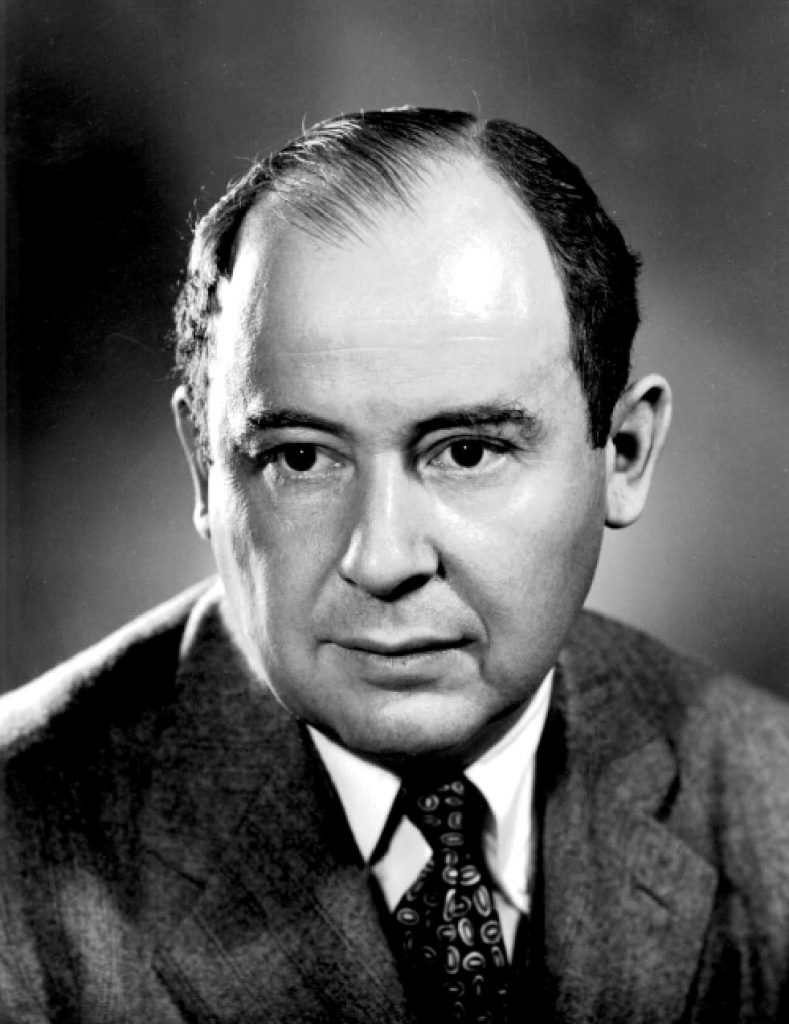JOHN VON NEUMANN (1903-1957)

Ingenious in numerous fields, John von Neumann is regarded as “the last representative of the great mathematicians”, though his immense contributions to physics, economics, and computer science clearly show that his mental mastery extended far beyond numbers. As the oldest sibling of a wealthy family in Hungary’s capital, von Neumann was recognized as a prodigy by age six. A star pupil at the city’s prestigious Fasori School, he studied chemistry at the University of Berlin then earned his PhD at Budapest’s ELTE (then called Pázmány Péter University). By 1929 von Neumann had published 32 major papers in mathematics, and at age 30 he earned a lifetime professorship at Princeton’s Institute for Advanced Study, where he worked alongside Albert Einstein. While von Neumann’s foundational achievements in game theory, continuous geometry, and quantum mechanics are beyond the ability of most laymen to comprehend, his seminal work in computing paved the way to you reading this article onscreen right now. With fellow Hungarian genius Edward Teller (see below), he was a crucial contributor to the Manhattan Project, as he developed essential components of the world’s first atomic and hydrogen bombs; he also established the strategy of “mutual assured destruction” still discouraging nations from starting nuclear wars.

